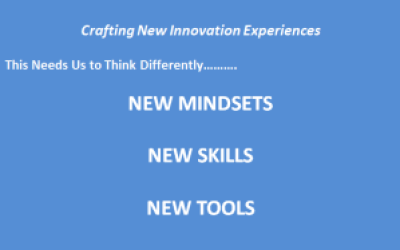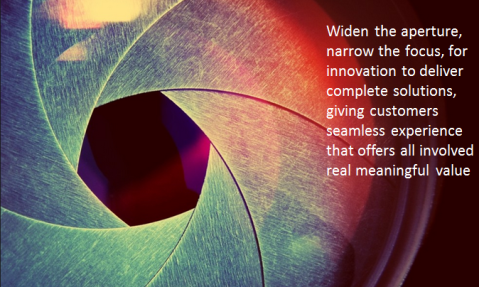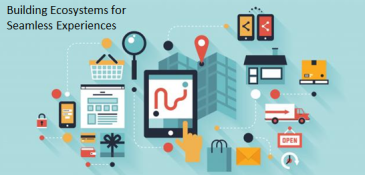 Our belief is that customer demand is changing. This will have a significant impact on the way organizations will have to adapt and change their innovation approaches in the future.
Our belief is that customer demand is changing. This will have a significant impact on the way organizations will have to adapt and change their innovation approaches in the future.
Jeffrey recently wrote this, initially on his blog site of Innovate on Purpose and reproduced here.
We felt this is an important point of understanding to bring into this dedicated site as it addresses one of the present sets of challenges we need to resolve, one of updating our innovation tools, thinking and methodologies.
Paul & I have started outlining the key needs of change here in this dedicated site and will through an evolving series of blog posts about innovation, ecosystems, platforms discuss these changes and needs to respond to what we believe customers will ultimately demand: seamless experiences.
Our view is as products and services proliferate and basic needs are met, customers become more sophisticated and more demanding, desiring products, services and business models that work together and don’t require configuration, integration or effort by the consumer to “make them work”. Customers and consumers increasingly expect a seamless experience when using a new product. If the product or service requires the customer to combine products, read manuals, acquire other products or services to make the solution work, the new product is likely to receive far less acclaim.
Understanding that, we should understand also that the tools that once helped innovators create new products aren’t the same tools that we need today when customers demand seamless experiences. Or, put another way, those original tools are still valuable, but by themselves they solve only a small portion of the overall challenge. Let us here outline some of the present constraints or limitations to challenge and recognize our needs to shift our present thinking

